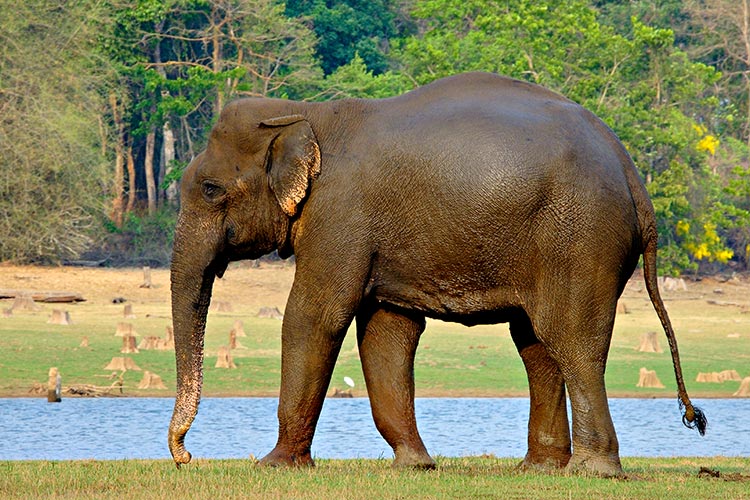
Category: Mammals

The Indian elephant is one of three subspecies of the Asian elephant and are native to India, Nepal, Bangladesh, Bhutan, Myanmar, Thailand, Malay Peninsular, Laos, China, Cambodia, and Vietnam. They can inhabit a variety of grassland and forest ecosystems. These “mega-herbivores” are able to ingest over 300 pounds of plant material a day! Poaching and habitat destruction pose major threats to wild populations and they are classified as endangered.

The age-defying Brandt’s bat
In most mammals, larger size correlates with longer lifespan, but that is not the case with the Brandt’s bat, who can live up to 41 years and weigh less than 0.28 ounces! These bats resemble larger, longer-lived mammals in that they mature slowly and have fewer offspring – but the size difference is dramatic: a female Bonobo lives for approximately 40 years as well, but she outweighs the Brandt’s bat by a factor of 3,771! Oddly enough, it is suspected that the mutated gene that causes the bat’s dwarfish size is the same one that leads to its long lifespan. Studying animals with unusual longevity like the Brandt’s bat does more than just satisfy our curiosity, it could lead to longer, healthier lifespans for humans and other animals!
Learn more >>
 Discover Animals is a web-based educational resource offered by the NAIA
Discover Animals is a web-based educational resource offered by the NAIA